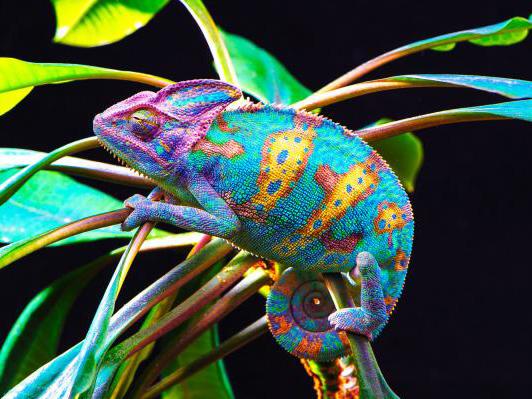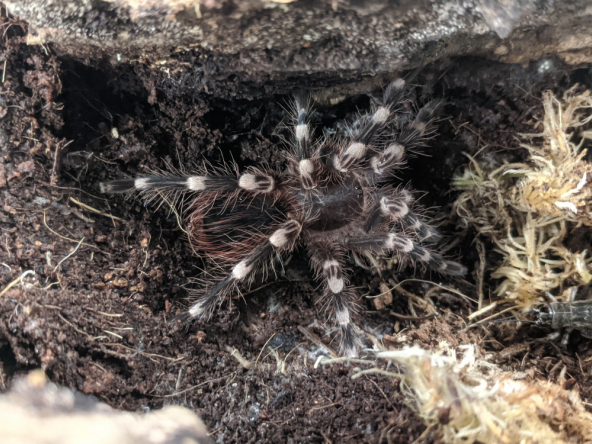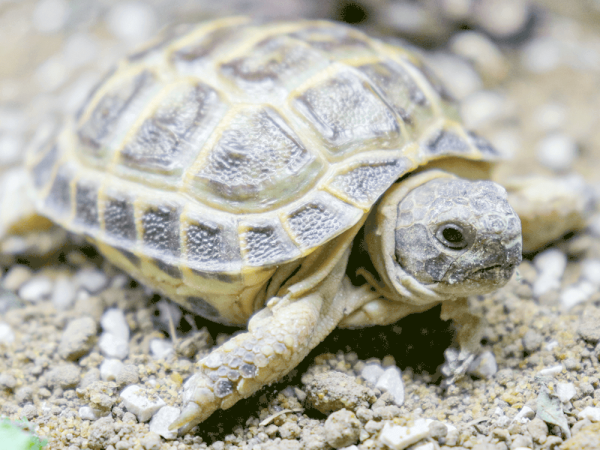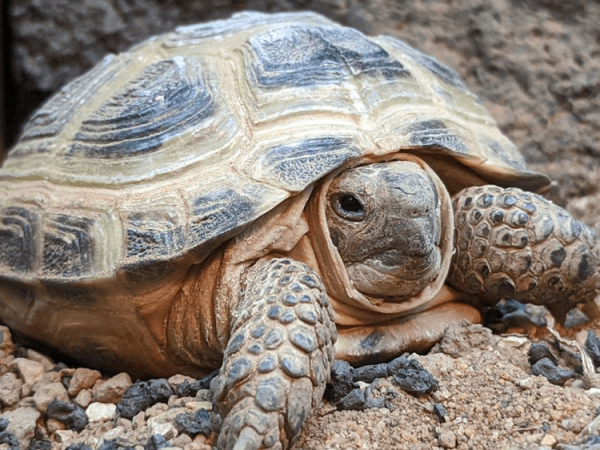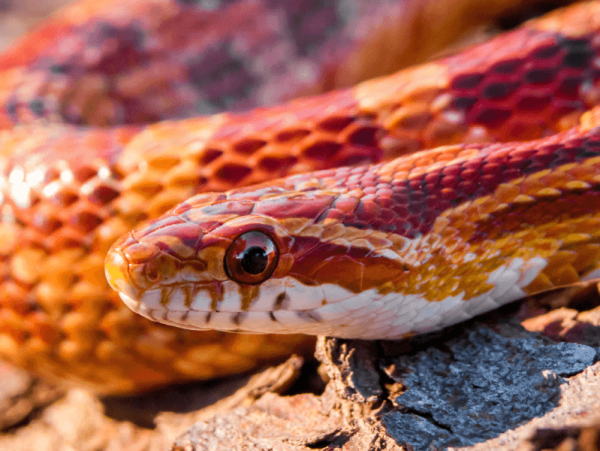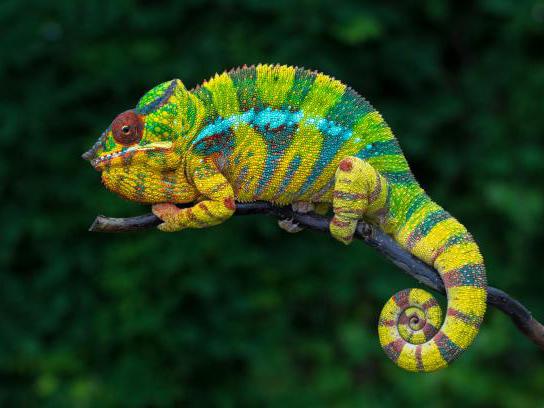Optional extras
Yemen chameleon, Chameleo calyptratus, care sheet
Categories: Care sheetsLizards
Yemen chameleons, also known as Veiled chameleons are so-called for the prominent crests on top of their heads. They are found in Yemen and southern Saudi Arabia and live an arboreal lifestyle. Trees, shrubs and other vegetation is where this species call home, venturing to the forest floor only for egg-laying.
They are an omnivorous species, feeding mainly on live insects but occasionally on vegetation. Their greatest adaptation is their tongue, with a length of roughly twice the body length, this species is able to capture distant insects instantly. They are a solitary living species and come together in the wild only for breeding.
Housing
Your chameleon terrarium/vivarium will need to be tall as well as providing enough horizontal space. The minimum size is a 90cmx45cmx90cm although a larger size could be utilized and benefit your chameleon’s activity. In addition, chameleons can be allowed out to roam on custom climbing frames or in the garden as long as an area is secured and the chameleon is unable to escape.
Substrates are an important first step in creating a suitable environment for your animal. They can aid in raising humidity and are essential for egg-laying females. The best in both of these circumstances is a soil or jungle mix however orchid bark is also commonly used.
Soil can also be used in a lay box when females are laying eggs. Females will lay eggs even when they haven't been mated, but these will be infertile and should be disposed of. It is essential that during this egg carrying/laying period, your female chameleon is under minimal stress, so handling should be kept to a minimum, if at all. Stress can cause your animal to become egg bound which is a serious and possibly fatal medical issue. A no handling, minimal stress protocol will dramatically reduce the risk.
Heating and lighting
Your chameleon cannot regulate its own body heat so it will need a basking area created by a thermostatically controlled heat lamp. A basking temperature of around 32-35°C will need to be maintained year-round. A good quality, accurate thermometer will enable you to monitor this effectively. During the night your chameleon terrarium can safely drop to room temperature, so long as this remains between 15-20°C. There should always be an escape from warm and cool areas, so the heat source should be kept to one side of the terrarium.
It is essential to provide good quality UV light in your terrarium. UV tube/strip lights are better than D3 Bulbs on the outside of the terrarium, or Coiled bulbs. This is because this species requires high levels of UV. When the UV has to pass through mesh, like on the top of a terrarium, a percentage of UV will be lost, providing only mid-level UV, and coil bulbs will not give out the UV sufficiently around the width of the terrarium like a long tube will.
UVB is essential in metabolising significant nutrients like calcium so they can be used effectively within the body. UVA is essential in your animal’s eyesight and therefore hunting ability. Both of these are present in a good quality UV tube/strip. You will need to replace this bulb every 6-9 months whether it is still glowing or not as the UV will no longer be effective after this time.
Humidity
You will need to maintain sufficient humidity levels to keep your chameleon healthy and hydrated. Humidity can be raised through well-selected substrates, moss, good quality water sources and frequent spraying of the whole terrarium. Humidity should remain at 70 - 80%. This species can handle humidity as low as 60% though it is better to aim for 70 - 80%. You will need to spray the terrarium at least 2-3 times a day, dependant on humidity levels. Tap water is safe to use for both drinking and spraying.
Decor
Your vivarium will need a variety of furniture to make it adequate for your chameleon. Chameleons are arboreal and so the majority of your furniture will be aimed at creating climbing opportunity and stability. Logs, branches, vines and even rope can all be used in your design. Using different heights, thicknesses and creating different routes will mean your chameleon is well stimulated and given enough exercise potential. Plants and foliage will create sufficient cover and make your terrarium look more natural. Chameleons will also drink off the leaves when sprayed.
Chameleons will not drink from still water like a water bowl. Because of this, it is essential to provide running water so your animal doesn't become dehydrated.
Waterfalls and drippers are the best way to do this and mean that your chameleon has constant access to water when the terrarium isn't being sprayed. Waterfalls and drippers will need cleaning regularly so as not to contaminate the water.
When feeding your chameleon it is important to ensure that they receive all the nutrition that they require. Feeder insects such as crickets, locusts, cockroaches and worms can be fed to your chameleon although all items have different nutritional values so further advice would be beneficial. You can also offer some fruit and veg to your chameleon every now and then. Vegetation is a small percentage of the diet but if provided is a good source of extra nutrition.
Any food items will need to be dusted each time they are fed, with calcium dusted 5 days a week, and a multi-vitamin for 2 days a week. These will be essential in promoting chameleon health.
Jeremy Gay is an author, lifelong fishkeeper, and exotic pet specialist. He's a former editor of Practical Fishkeeping Magazine, UK editor at Reefbuilders, a former pet store manager, and has collected wildlife in Sri Lanka and the Amazon. He's been on tv and radio, contributed to Koi Carp and Gardeners World magazines, been a product tester, a judge, and a product developer.




